Top 10 travel experiences in the UK revealed
- Published
- comments
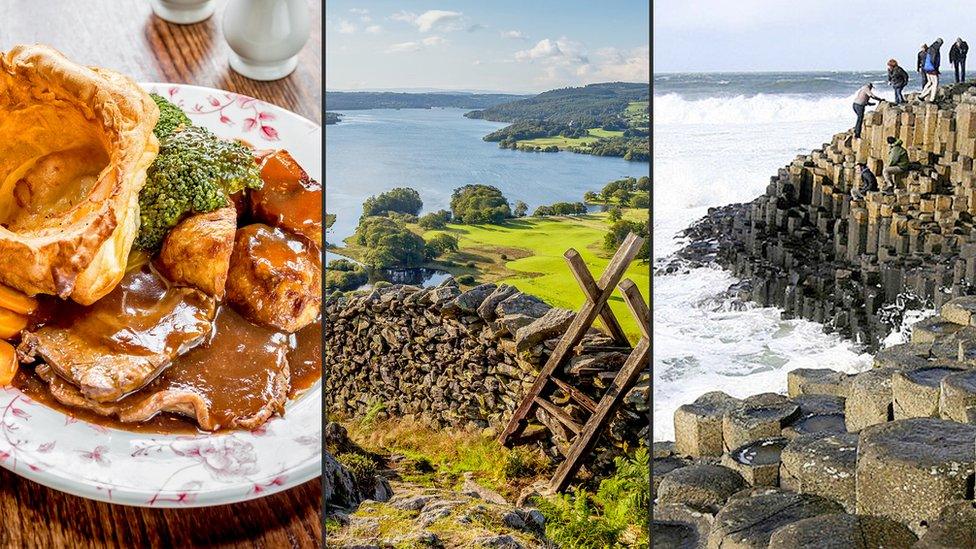
Read on to see which UK experiences are named by travel guide publisher Lonely Planet as the best - and tell us if you agree!
The travel guide publisher Lonely Planet has today released the Ultimate United Kingdom Travel List - a book that ranks the top 500 experiences the UK.
According to the company, the list is made up of the most beautiful, memorable and interesting experiences to be had all across the UK, ranked in order of their brilliance.
The list is made up of a range of experiences, from festivals to national parks, and even a meal - the traditional Sunday roast - has made the line-up.
Take a look at which experiences made the top 10 and find out some interesting facts about each of them.
Then, let us know in the comments below if you agree with this top 10, or if you think something else should be in there!
1. Edinburgh Festival Fringe, Scotland
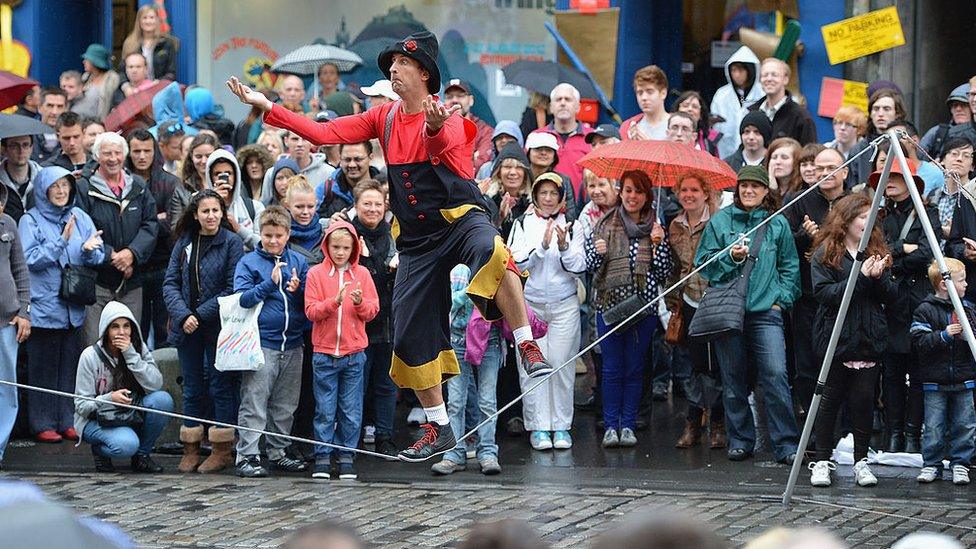
It's the biggest celebration of culture and arts on the entire planet
Anyone who wants to can perform! It all started when performers who weren't invited to take part in the Edinburgh International Festival programme just turned up and performed anyway, hence 'fringe' festival, but it has now become the main event
Over 30,000 artists from 50 countries took part last year
2. British Museum, London, England
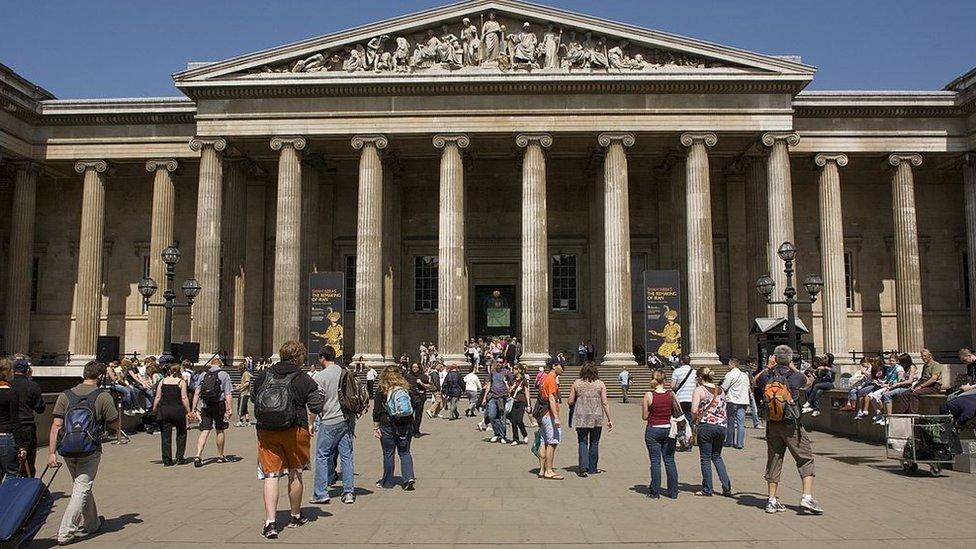
From the 1970s to the 1990s, a group of cats used to live at the museum - they were kept there to scare mice away
It is older than the US - the museum opened in 1759, 17 years before the Declaration of Independence
Night of the Museum: Secret of the Tomb was filmed there as well as lots of other films and documentaries
3. Giant's Causeway, County Antrim, Northern Ireland

It was created 60 million years ago when volcanic eruptions created 40,000 basalt stone columns
There's a myth that it was actually a giant called Finn McCool who created the causeway to prove how strong he was to a Scottish giant across the water
It's a UNESCO World Heritage Site which means it has cultural, historical and scientific importance
4. Bath, south-west England
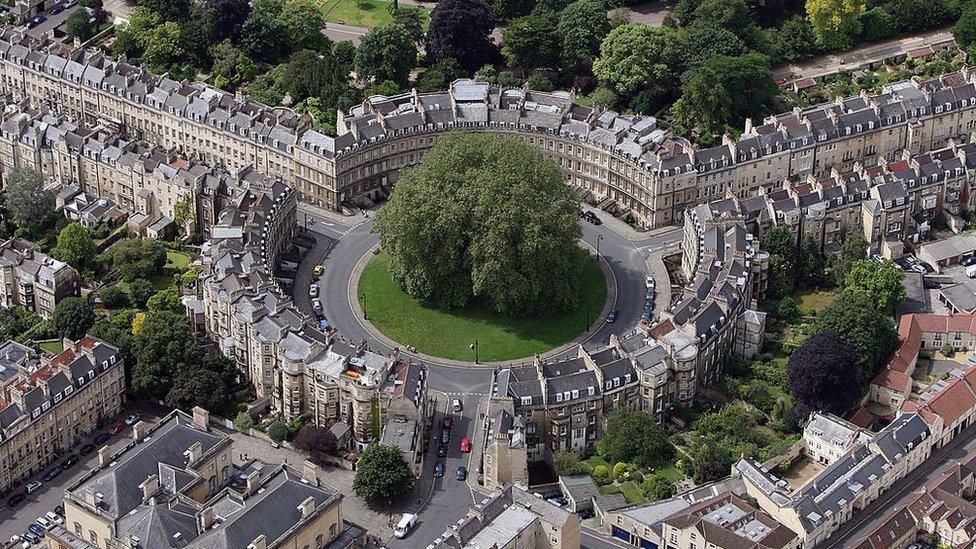
Famous author Jane Austen wrote two books set in Bath
The city gets its name from its famous Roman Baths - thermal springs make the water warm and the Romans used to go there to relax
5. Hadrian's Wall, north-east England
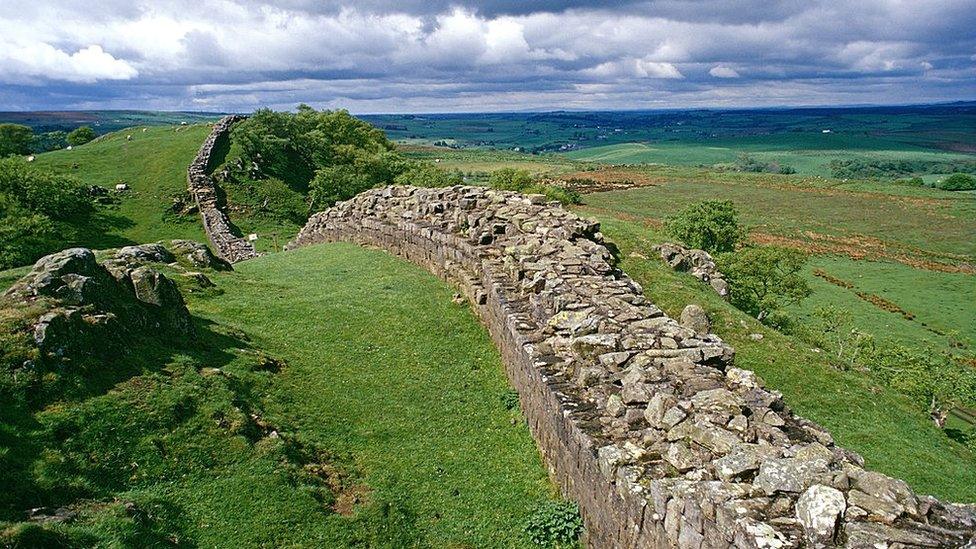
It was built in 122 AD to mark the boundaries of the Roman Empire
It took six years for over 15,000 men to build it
Soldiers travelled all the way from Syria, Romania and North Africa to the wall
6. Sunday pub roast - anywhere!
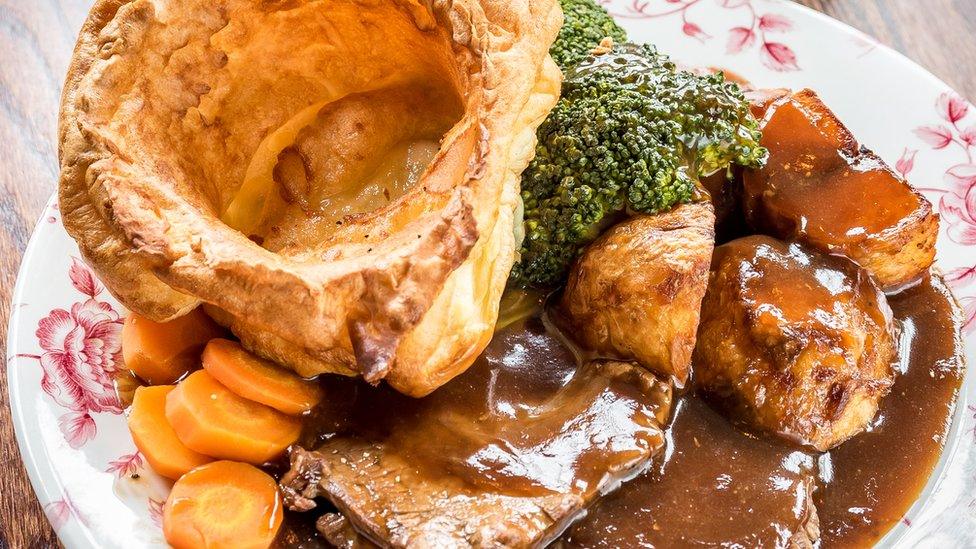
It is thought that the tradition of a Sunday roast began during the reign of King Henry VII in the late 15th Century - no one knows for sure why but one theory is that the Royal Guard would eat roast beef every Sunday, and this is why some say they're known as Beefeaters
The idea was that the Sunday roast would cook while people went to church on Sunday, and then it would be ready by the time they finished the service
The first roast dinners didn't have roast potatoes as they weren't popular in the UK until the late 1700s
7. Tate Modern, London, England
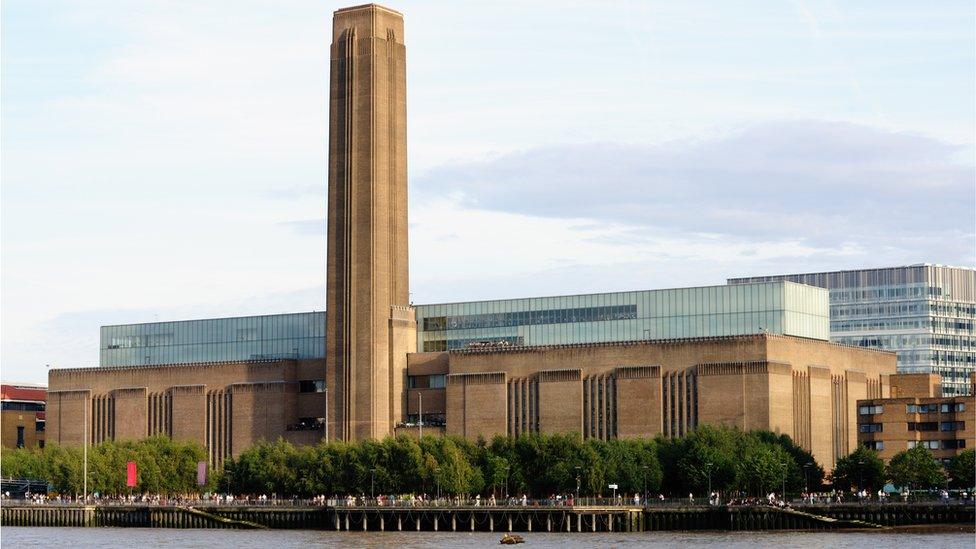
Now a popular contemporary art museum, the Tate Modern was originally a power station
The building was designed by Sir Giles Gilbert Scott, who also designed the red telephone box
It's free to go inside and look at all the artworks
8. Stonehenge, south-west England
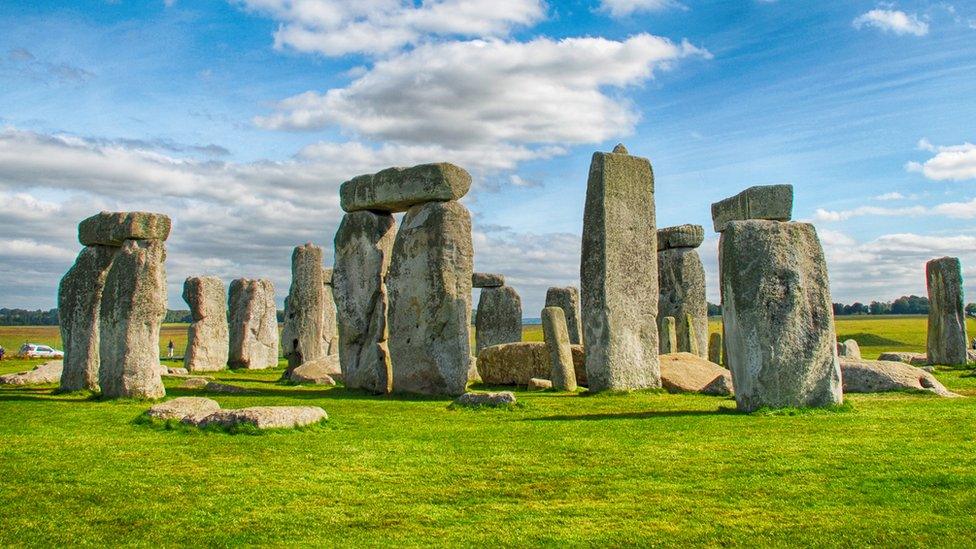
This prehistoric stone circle was built 5,000 years ago but took around 1,500 years to build
No one knows exactly how it was built - it remains a mystery how people all those years ago could move such big and heavy stones (the outside stones weigh 22 tonnes!)
No one knows what it's for either - researchers think it might have been some sort of calendar or even a prehistoric temple
9. Windermere, Cumbria, Lake District National Park, north-west England
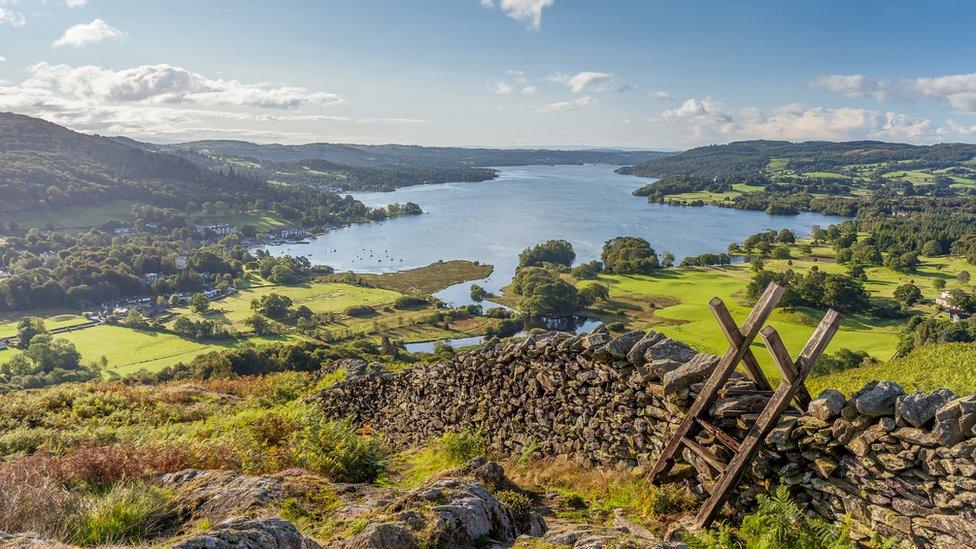
It's the largest natural lake in England at 10.1 miles long and 1 mile wide
It holds 300 billion litres of water
It was created during the last ice age, over 13,000 years ago, by melting glaciers
10. Pembrokeshire Coast National Park, south Wales
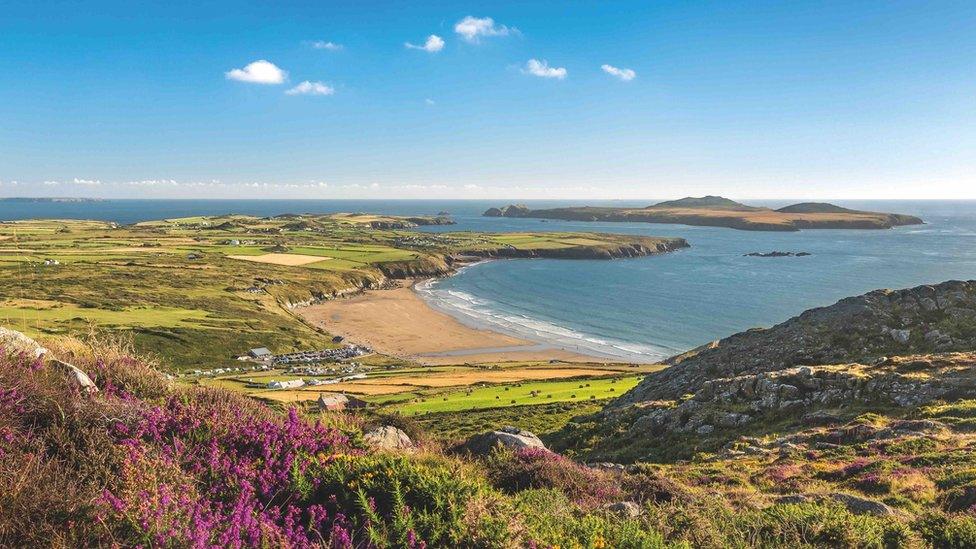
It's the only coastal National Park in Britain, founded in 1952
It's a popular spot for fossil hunting
There's a 186-mile footpath along the coast to walk
The next 10 in the list were the following:
11: Punting in Cambridge, east England
12: Glastonbury Festival, south-west England
13: St Paul's Cathedral, London, England
14: The Scilly Isles, south-west England
15: Stratford-upon-Avon, west England
16: Borough Market, London, England
17: Glencoe, Highlands and Islands, Scotland
18: Yorkshire Dales National Park, north England
19: Arthur's Seat, Edinburgh, Scotland
20: South Bank, London, England
- Published19 February 2019
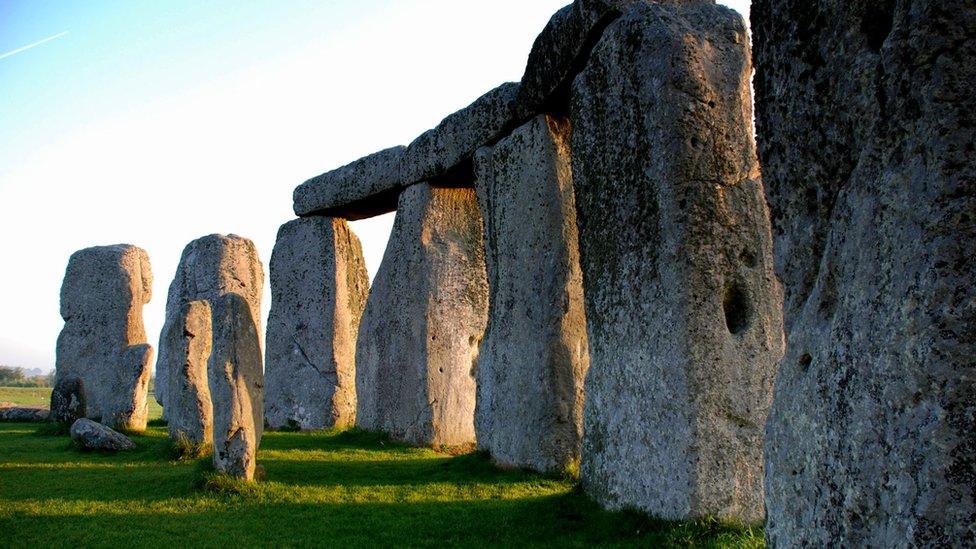
- Published11 January 2019
